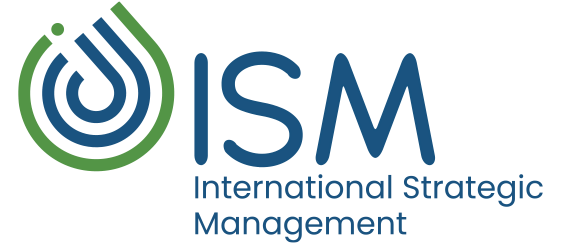Analyze Your Results
I’ve been fortunate to have worked in small startups — my own, with entrepreneurs starting their own businesses, and in large organizations such as Macy’s Department Stores. I’ve also worked with the leaders or those organizations, and their staff.
What I have learned is that if you don’t measure your results, analyze and reflect upon them, you will not know where to begin when bigger challenges arise.
The truth is, even when you do analyze the results, you don’t have a full picture of the results and what happened to make that assumption. But at least it will give you some guidelines and ideas of what could be modified to get better results.
I use the word “better” loosely because there is no right or wrong. it’s about what results you want to see with what you are trying to do. Goals can be modified.
Here is an example: You decide you want three sales today.
At the end of the day, you want to know — did I reach my goal? Did I make three sales? If not, why not? What would have been needed for me to make those sales?
We know, in sales — particularly product sales — you are looking at one sale for every ten interactions. In services, it might be one sale for every seven interactions. These are based on my experiences working with individuals around the globe, which means the numbers are not carved in stone — it just gives you a framework.
For every seven interactions I might have one sale. For every ten I might have one. We take the average and say eight interactions have to happen in order to get one sale — interactions with qualified leads or customers.
To achieve the three sales, I would have had to have talked to or interacted with at least 24 people. To have 24 qualified leads I might have had to talk to a hundred people.
Let’s analyze the day: Only 50 people walked through the door, or we made 50 calls. Whatever that scenario is, now you are analyzing what happened so you can improve on it.
You can either decide to modify the daily goals — it might have to be one sale instead of three — or increase the number of people in the store, or the calls you make. Or find a different way to attract more qualified leads.
Whatever the scenario, you have to think it through. you have to analyze it, look and see what went right, what went wrong, what can be improved?
My company does training — entrepreneurial and small business development. We work with organizations that deploy training programs.
Sometimes in the intake process we analyze numbers such as, how many applied? Are they the right candidates? Do we have the right mix of people? What can we do to modify the language of our advertising or announcements? What can we modify in the program language and the structure of the program?
These are all components that allow us focus and stay relevant to the individuals we are planning to engage.
You might think that’s too much to deal with. I respect that. For me, you must always be thinking about how to improve your results. It doesn’t mean you have to change everything — that won’t work either. But be aware of what is happening, and if you see a trend, you can easily start adjusting your goals and results for the day, week, or month, because you are starting to see trends.
We can analyze so much — number of hits on your website, how many times you talk to prospects, how many networking opportunities you attend.
Every one of us has our own “dashboard” that allows us to drive our organization.
BEFORE YOU GO
We see our blogs as opportunities for dialogue. Please share your thoughts as comments.
What are you analyzing today for your organization or business?
What results does it make sense for you to focus your analysis on right now?
What other tactics have you employed to keep learning from the past?
_____
 USA / English
USA / English عربى
عربى Pусский / Россия
Pусский / Россия